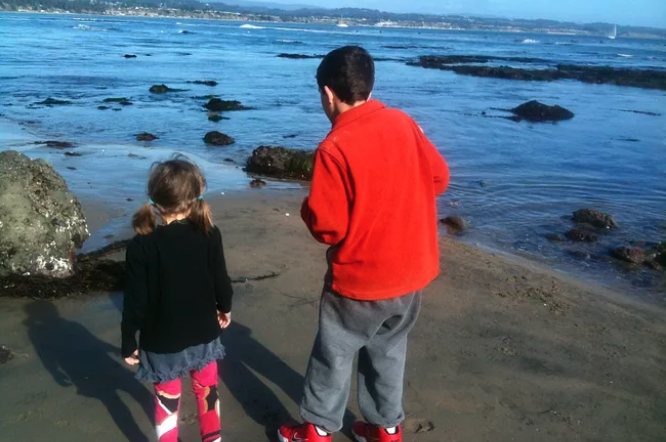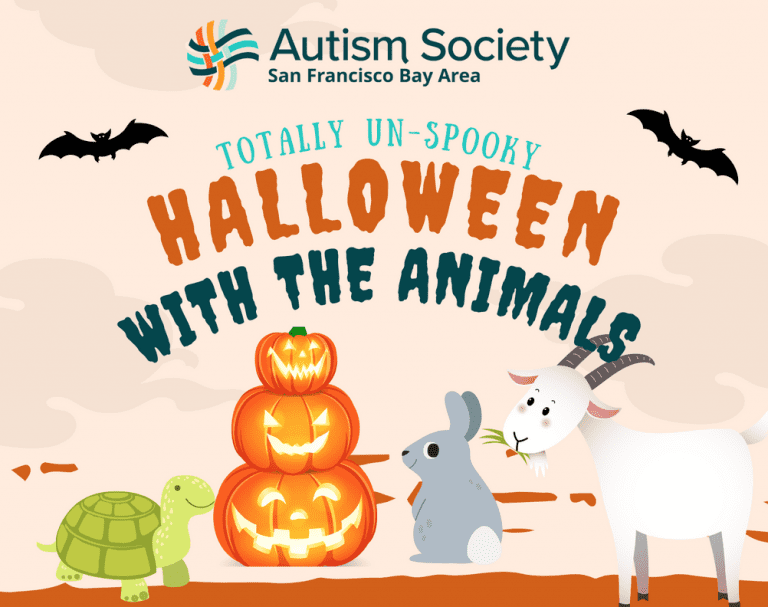
Similar Posts

Autism in the News
The following piece written by Jill Escher appeared in the Free Press on November 15, 2024: Trump, RFK, and the Autism Dilemma Kennedy and the president-elect are asking why more kids like mine are disabled by autism. They have the power to find real answers—and it’s not due to vaccines. Whatever you may think of…

The Journey to Find a Good Home for my Son
Do you have a child with profound autism? Have you thought in a panic, who is going to take care of my child after I’m gone? My answer to both questions is: Yes! I am a mother of a 22-year-old son with profound autism. He is mostly non-verbal and has epilepsy. He was diagnosed at…

We can answer autism’s big questions. The key is hiding in plain sight.
— By Alexander MacInnis Families affected by autism need answers to critically important questions. They have questions about many things, such as the causes of autism, effective treatments, and prevention of developmental disability in future children. Who will care for today’s children and young adults with autism when their parents can’t do it anymore? Are…

A Full Semantic Toolbox for Autism Research
A full semantic toolbox is essential for autism research and practice to thrive By Alison Singer, Amy Lutz, Jill Escher, Alycia Halladay 12/12/22 Abstract Individuals diagnosed with autism spectrum disorder (ASD) present with a highly diverse set of challenges, disabilities, impairments and strengths. Recently, it has been suggested that researchers and practitioners avoid using certain…

SFASA Halloween in the News!
In the News SFASA’s Totally Unspooky Halloween with the Animals was great fun! We appreciated all the help from Animal Assisted Happiness, and imagine our surprise to find ourselves hoppping into the local news—in bunny costume no less! “SUNNYVALE — On Halloween night, kids of all ages will be hitting the streets, looking for…

Adult Children, Aging Out, & Self-Compassion
ROAR YOU that come to birth. And bring the mysteries, Your voice-thunder Makes us very happy. Roar, lion of the heart, And tear me open. ~Rumi It has taken me two decades to write this, and maybe that is because it has taken me this long to finally accept how disabled my autistic son is. …

Autism in the News
The following piece written by Jill Escher appeared in the Free Press on November 15, 2024: Trump, RFK, and the Autism Dilemma Kennedy and the president-elect are asking why more kids like mine are disabled by autism. They have the power to find real answers—and it’s not due to vaccines. Whatever you may think of…

The Journey to Find a Good Home for my Son
Do you have a child with profound autism? Have you thought in a panic, who is going to take care of my child after I’m gone? My answer to both questions is: Yes! I am a mother of a 22-year-old son with profound autism. He is mostly non-verbal and has epilepsy. He was diagnosed at…

We can answer autism’s big questions. The key is hiding in plain sight.
— By Alexander MacInnis Families affected by autism need answers to critically important questions. They have questions about many things, such as the causes of autism, effective treatments, and prevention of developmental disability in future children. Who will care for today’s children and young adults with autism when their parents can’t do it anymore? Are…

A Full Semantic Toolbox for Autism Research
A full semantic toolbox is essential for autism research and practice to thrive By Alison Singer, Amy Lutz, Jill Escher, Alycia Halladay 12/12/22 Abstract Individuals diagnosed with autism spectrum disorder (ASD) present with a highly diverse set of challenges, disabilities, impairments and strengths. Recently, it has been suggested that researchers and practitioners avoid using certain…

SFASA Halloween in the News!
In the News SFASA’s Totally Unspooky Halloween with the Animals was great fun! We appreciated all the help from Animal Assisted Happiness, and imagine our surprise to find ourselves hoppping into the local news—in bunny costume no less! “SUNNYVALE — On Halloween night, kids of all ages will be hitting the streets, looking for…

Adult Children, Aging Out, & Self-Compassion
ROAR YOU that come to birth. And bring the mysteries, Your voice-thunder Makes us very happy. Roar, lion of the heart, And tear me open. ~Rumi It has taken me two decades to write this, and maybe that is because it has taken me this long to finally accept how disabled my autistic son is. …

Autism in the News
The following piece written by Jill Escher appeared in the Free Press on November 15, 2024: Trump, RFK, and the Autism Dilemma Kennedy and the president-elect are asking why more kids like mine are disabled by autism. They have the power to find real answers—and it’s not due to vaccines. Whatever you may think of…

The Journey to Find a Good Home for my Son
Do you have a child with profound autism? Have you thought in a panic, who is going to take care of my child after I’m gone? My answer to both questions is: Yes! I am a mother of a 22-year-old son with profound autism. He is mostly non-verbal and has epilepsy. He was diagnosed at…

We can answer autism’s big questions. The key is hiding in plain sight.
— By Alexander MacInnis Families affected by autism need answers to critically important questions. They have questions about many things, such as the causes of autism, effective treatments, and prevention of developmental disability in future children. Who will care for today’s children and young adults with autism when their parents can’t do it anymore? Are…

A Full Semantic Toolbox for Autism Research
A full semantic toolbox is essential for autism research and practice to thrive By Alison Singer, Amy Lutz, Jill Escher, Alycia Halladay 12/12/22 Abstract Individuals diagnosed with autism spectrum disorder (ASD) present with a highly diverse set of challenges, disabilities, impairments and strengths. Recently, it has been suggested that researchers and practitioners avoid using certain…

SFASA Halloween in the News!
In the News SFASA’s Totally Unspooky Halloween with the Animals was great fun! We appreciated all the help from Animal Assisted Happiness, and imagine our surprise to find ourselves hoppping into the local news—in bunny costume no less! “SUNNYVALE — On Halloween night, kids of all ages will be hitting the streets, looking for…

Adult Children, Aging Out, & Self-Compassion
ROAR YOU that come to birth. And bring the mysteries, Your voice-thunder Makes us very happy. Roar, lion of the heart, And tear me open. ~Rumi It has taken me two decades to write this, and maybe that is because it has taken me this long to finally accept how disabled my autistic son is. …
